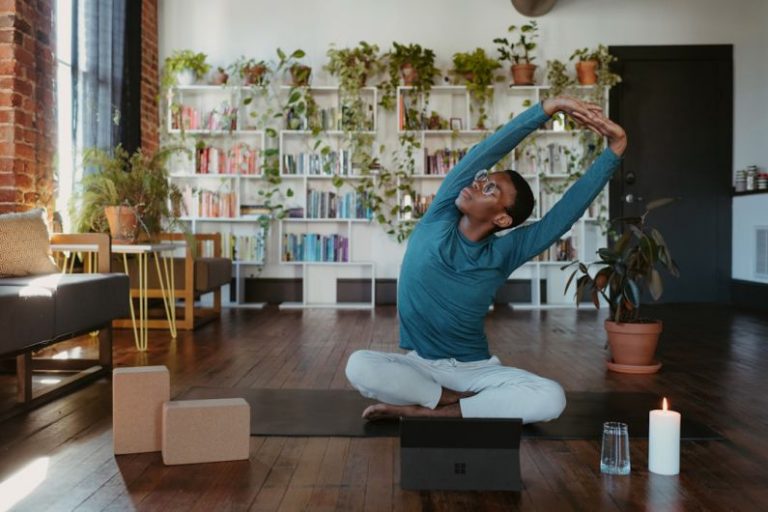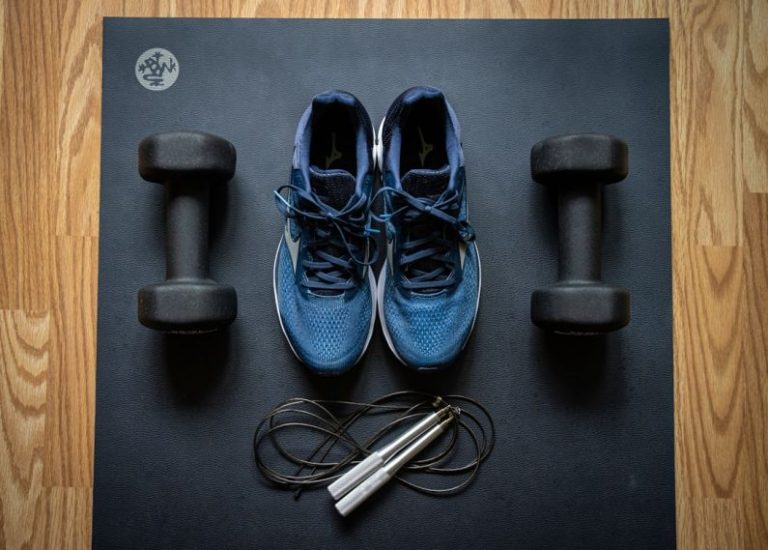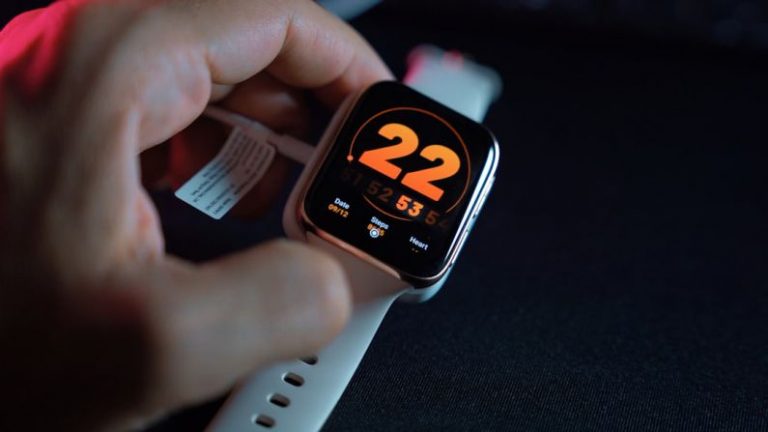Evaluating the Accuracy of Fitness Tech Devices
In the age of technology, fitness enthusiasts have embraced the use of various gadgets and devices to track their progress and monitor their health. From smartwatches to fitness trackers and mobile apps, these tools have become essential companions in the pursuit of a healthier lifestyle. One of the key factors that users often consider when investing in fitness tech devices is their accuracy. How reliable are these gadgets in providing precise data about our workouts, heart rate, and overall health status? In this article, we will delve into the evaluation of the accuracy of fitness tech devices to help users make informed decisions when selecting the right tools for their fitness journey.
Understanding the Role of Fitness Tech Devices
Fitness tech devices come in various forms, each designed to serve a specific purpose in monitoring and measuring different aspects of our health and fitness activities. Smartwatches, for example, offer features such as heart rate monitoring, step counting, sleep tracking, and workout analysis. Fitness trackers focus more on activity monitoring, providing data on steps taken, calories burned, and distance covered. Mobile apps, on the other hand, offer a wide range of functionalities, from tracking workouts to providing personalized training plans and nutrition guidance.
The Accuracy of Heart Rate Monitoring
One of the most common features found in fitness tech devices is heart rate monitoring. This function is crucial for assessing the intensity of workouts and tracking overall cardiovascular health. However, the accuracy of heart rate measurements can vary significantly depending on the type of device and the technology used. Optical heart rate sensors, which use light to measure blood flow through the skin, are commonly found in smartwatches and fitness trackers. While these sensors have improved over the years, they may still struggle to provide accurate readings during high-intensity activities or when the device is not worn properly.
The Challenge of Step Counting
Step counting is another popular feature of fitness tech devices that aims to encourage users to stay active throughout the day. However, the accuracy of step counts can be a point of contention among users. Factors such as device placement, walking speed, and terrain can affect the reliability of step counting algorithms. Some devices may be more sensitive to arm movements, leading to overestimation of steps, while others may struggle to detect steps accurately, especially during activities like cycling or weightlifting.
Monitoring Workouts and Calories Burned
Fitness tech devices often provide users with valuable insights into their workouts, including metrics like duration, distance, pace, and calories burned. While these features can be motivating and informative, their accuracy may vary depending on the device’s sensors and algorithms. For example, GPS tracking is commonly used to measure distance and pace during outdoor activities, but signal interference or poor satellite reception can lead to inaccuracies. Similarly, calorie burn estimates are based on algorithms that take into account factors like heart rate, age, weight, and activity intensity, but these calculations may not always be precise for every individual.
Tips for Improving Accuracy
Despite the potential limitations of fitness tech devices, there are several strategies users can employ to enhance the accuracy of their data. Ensuring proper device placement, such as wearing a heart rate monitor snugly on the wrist or using a chest strap during intense workouts, can improve the reliability of measurements. Calibrating GPS settings, updating software regularly, and cross-referencing data from multiple devices can also help users get a more comprehensive view of their health and fitness metrics.
Choosing the Right Device for Your Needs
When selecting a fitness tech device, it’s essential to consider your specific goals and preferences to find a tool that aligns with your needs. Whether you prioritize heart rate accuracy, step counting precision, or workout tracking capabilities, researching different devices, reading user reviews, and testing out products firsthand can help you make an informed decision. Remember that no device is perfect, and some degree of error is inevitable in fitness tracking technology.
In conclusion, while fitness tech devices offer valuable insights and motivation for users on their health and fitness journey, it’s essential to approach their data with a critical eye. By understanding the factors that influence accuracy and implementing strategies to improve reliability, users can make the most of their devices and stay on track towards their fitness goals. Choose your fitness tech device wisely, use it as a tool to enhance your workouts, and remember that consistency and dedication are key to achieving lasting results in your fitness endeavors.






